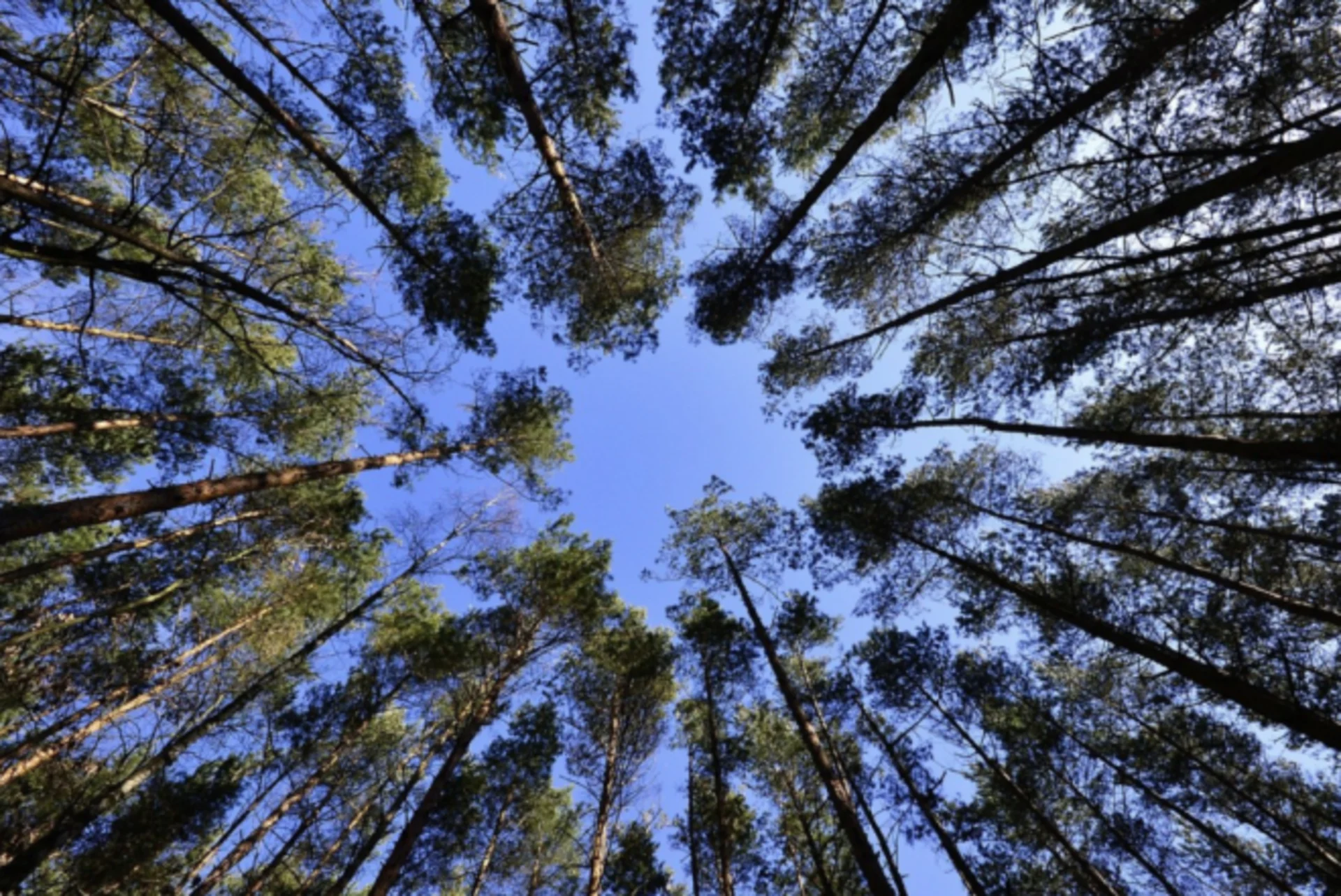
Tree canopies and urban forests are more important now than ever
Tree canopies and urban forests can help provide some relief from summer heat waves. The Weather Network's Mia Gordon explores how Vancouver aims to increase its tree coverage to 30 per cent by 2050.
This summer was unlike anything we have seen before in British Columbia. A deadly heat wave that killed more than 800 people, destructive wildfires that ripped through entire towns, and record droughts. As a result of the ongoing climate emergency, this could very well be the new normal. One way to mitigate the impacts of a hotter, drier summer is something that is — or at least should be — all around us: trees.
“You can get two to five degrees of cooling just by having tree canopies,” according to Dr. Stephen Sheppard, professor of Urban Forestry at UBC. “There are a couple of projects we have been working on that look at the impacts of urban forests on heat and heat waves and the research is clear, it is a major way to cool locations and whole neighborhoods,” Dr. Sheppard told the Weather Network.
RELATED: 'Code red for humanity' IPCC report says about state of the climate
One of those studies was a partnership between UBC and the City of Vancouver last summer. They had several people ride around on bicycles with sensors that would monitor the temperature in both areas that had no shade coverage and areas that were protected by tree canopies, and they saw a change of several degrees in the shade.
Following this study, the City of Vancouver decided to increase their tree canopy coverage from about 19 per cent to 30 per cent. They took the first steps towards this goal last year when the city planted 150,000 trees.
But Dr. Sheppard told us that this isn’t just the government’s responsibility: “Up to a third or half of canopies in the city come from private properties, and that is where we are seeing the decline. What we need is a lot more people planting trees in their own front and backyard.”.
Dr. Sheppard explained that one of the reasons we have seen such a decline of tree canopies on private properties has been densification, which is a positive move for sustainability and climate change, but also has its downfalls.
“When you're trying to cram too many buildings into a small lot, then there is no root space for trees. So that densification has drastically reduced trees on private land. So we need to reverse that trend and tighten up regulations of rezoning to protect trees,” he said.
He added that it is also extremely important to remember to water the trees, especially during drought conditions. Even mature healthy trees can suffer in the extreme heat, and so it is important to water the trees at least an hour a day once a week in the morning.
Aside from adding trees, Dr. Sheppard suggested that creating urban forests should also include decreasing pavement.
“It is called ‘de-pavement.’ What it means is we have too much asphalt and hot spaces that aren't being used,” he explained. “We need to turn that into green infrastructure so that when we do get rain it soaks into the ground and trees are able to use it later.”
Right now on the UBC campus they have started a group called Cool Hood Champs that is empowering climate champions, particularly when it comes to planting and taking care of trees. They will be holding free workshops around Vancouver this fall and winter to show people how they can get involved and help create more urban forests in Vancouver. To find out more, watch the video that leads this article.
Have a story idea in Vancouver? Tweet @MiaWGordon.
Thumbnail courtesy: Pixabay/Naster
